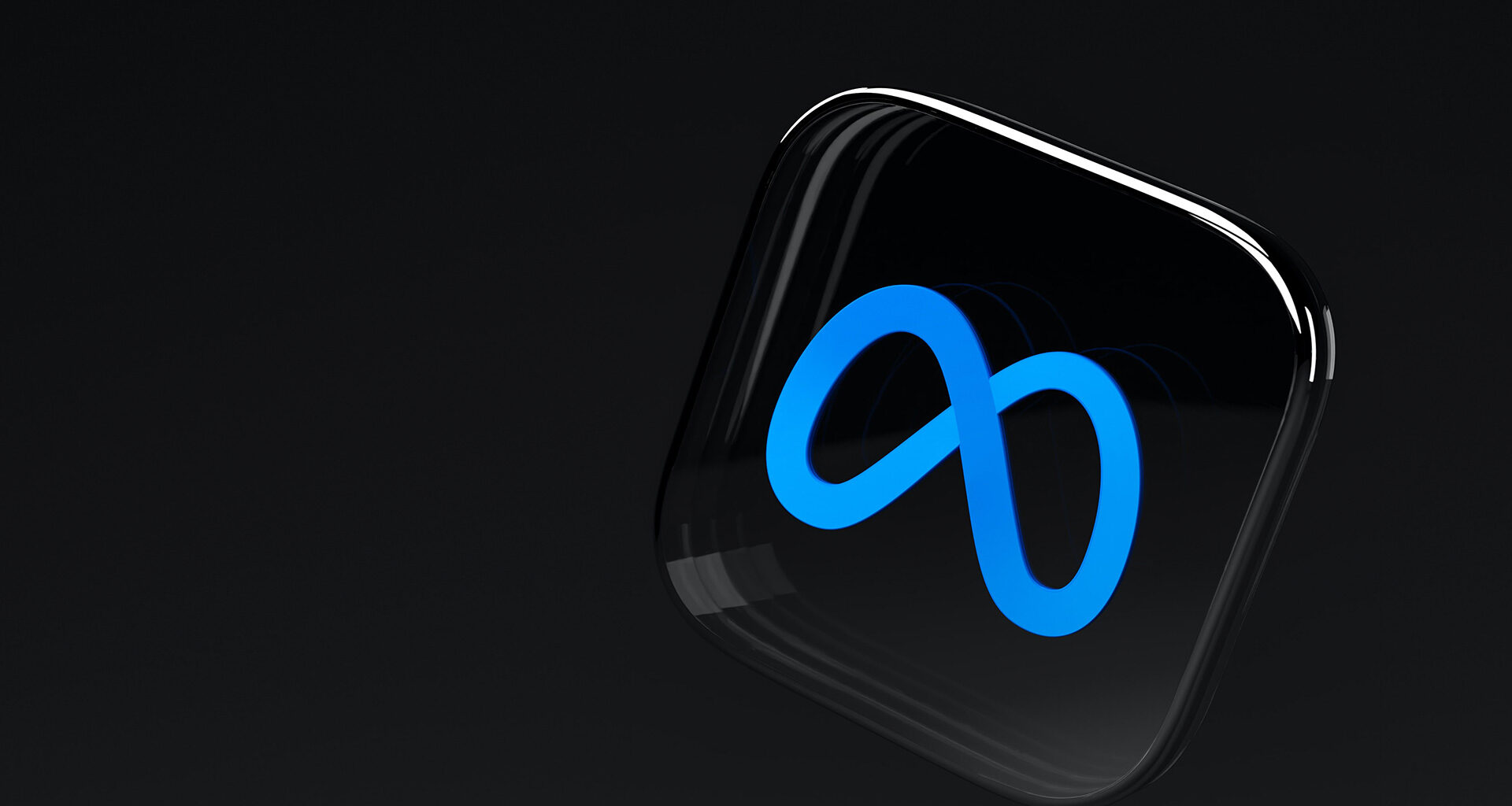Things get blurry when companies mistake logo development or redesign for actions that will significantly contribute to customer engagement, brand loyalty and profitability.
I wrote about logos and re-branding back in August of 2020. I mention that because I try and come with new topics each column. But I’ve been thinking about logos since Mark Zuckerberg announced his company is changing their name to “Meta, the next evolution of social connection.”
As far as I understand, the metaverse is a hypothesized iteration of the internet, supporting online 3-D virtual environments via conventional personal computing. Oh, and no vaccination passport to visit, but you will need a virtual and augmented reality headset. Just saying. Facebook introduced their new name and logo, a two-toned blue infinity symbol next to the word “Meta.”
For a brief time, there was a lot of press coverage regarding that. Some branding and design experts suggested the change was an attempt to deflect recent scandals. An example of corporate America creating brands less unique, so less likely to offend. We called it “mostly-harmless.” According to my son (the tall, handsome graphic designer who helped me with my recent ad slogans research), it was logo design 101. Blue is historically associated with safety. And trustworthiness. Logos without corners are nonthreatening. It can easily be applied across various media platforms in the digital world. Class dismissed.
Facebook said they “needed to future-proof the symbol.” My son thought it was “evocative of the past,” noting infinity symbols (with and without edges) have been used before. A lot. And while I’m sure someone could rationalize the hell out of why this logo screamed, “Metaverse,” for the life of me I can’t think why. Neither could my son. Although in balance, Facebook, aka Meta, really doesn’t have to rely on any logo given their place in the brand firmament. Having a gabillion dollars to spend on marketing if/when they so choose makes logos, well, redundant.
If that last sentence is true, I’m sorry to have wasted your time. What is unquestionably true is that logos are part art form, part fabric of consciousness, part popular culture. And according to experts, more and more part of a brand experience. And although art lovers we may all be, value in the form of recognition alone really isn’t enough to drive you to redesign your logo. How much does the fact we recognize a logo – even like a logo – change our behavior toward the brand and the experience the logo is supposed to represent? That’s what you want to know because logos are (or should be) visual touch points.
I have a fascination with semiotics, i.e., public symbols not spelled out in letters. And it’s clear, everyone has an opinion when it comes to logos. Like flags to nations, logos give people something in common to identify with. Or should. Something to rally around. Or should. Something the brand can use to put a stake in the marketplace. Or should.
Things get blurry when companies mistake logo development or redesign for actions that will significantly contribute to customer engagement, brand loyalty and profitability. One of our clients commented on the high price of having their corporate logo “revitalized and iconicized.” That was how the strategic-corporate-brand-identity-design-branding firm described the exercise. He said, “I don’t know what we got for our money. Everybody knows our brand. So, what was the ROI for ‘revitalizing’ it? The ‘iconicization’ added 20% to the development costs!”
It was a reasonable question. And just an OK-looking logo.
To be clear, I am no Philistine. I appreciate great design and the creative challenges involved in capturing a brand’s visual essence through an icon. If I didn’t already know this, my graphic designer son would have pointed it out to me! No, my inner art director is alive and well. I like to talk about logos too. Loyalty and profitability, however, prove a steelier basis for understanding ROI when it comes to logo development.
OK, sometimes corporations are in crisis. They think a brand logo overhaul will help or, at least, detract from bad press. Sometimes it’s a corporate mid-life crisis. Or just a new ad agency. In those cases, there are usually no substantive changes attributed to the exercise beyond PR value in an announcement the company has a new logo. Papa Johns just did that.
In a company PR release (HA!), they said, “Papa Johns new logo is a visual reflection of the new tone being set by the brand – bold, simple, fun and clean,” which is what a PR person would say. (If this reflects the “new tone set by the brand,” was the old one timid, difficult, boring, and unclean? Just asking.) More importantly, would a consumer say that? I’m pretty sure you wouldn’t. Oh, and I didn’t make a punctuation error. They dropped the apostrophe. Precisely like Bojangles did 15 months ago. I wonder if Papa Johns used the same strategic-corporate-brand-identity-design-branding firm or if losing an apostrophe is the new, new trend in logo re-design.
And yeah, sometimes “new” is better. But sometimes “new” is just “new.” And if the change doesn’t contribute to increased customer engagement and positive behavior and more profits, why do it? Heavy-duty rationalizations for change will always be there, but there are ways to measure how much a new logo willcontribute to engagement and loyalty. The thing is, like many, many marketing and branding exercises, consumer responses to logos are emotional. Ten-point scales or counting tweets don’t do it.
As part of our annual Customer Loyalty Engagement Index, we also measure whether brand logos are leaders or losers. This year the top-3 logos contributing to brand engagement were:
- Apple
- Nike
- Polo
So, whether you call it a logo, symbol, icon, avatar, or gateway to the Metaverse, no matter if it’s a piece of fruit on your desk, a swoosh on your feet, or a polo player on your chest, a company’s logo can materially influence perceptions of a brand. Which is important if you’re not Facebook and don’t have a gabillion dollars in your marketing budget. More importantly it’s something that can be measured – beyond recognition and awareness – to see whether your brand is something customers are actually willing to pay to be a part of.
Virtual and augmented reality headset not included.
 Robert Passikoff is founder and CEO of Brand Keys. He has received several awards for market research innovation including the prestigious Gold Ogilvy Award and is the author of 3 marketing and branding books including the best-seller, Predicting Market Success. Robert is also a frequent contributor to TheCustomer.
Robert Passikoff is founder and CEO of Brand Keys. He has received several awards for market research innovation including the prestigious Gold Ogilvy Award and is the author of 3 marketing and branding books including the best-seller, Predicting Market Success. Robert is also a frequent contributor to TheCustomer.
Photo by Dima Solomin on Unsplash.














2 comments